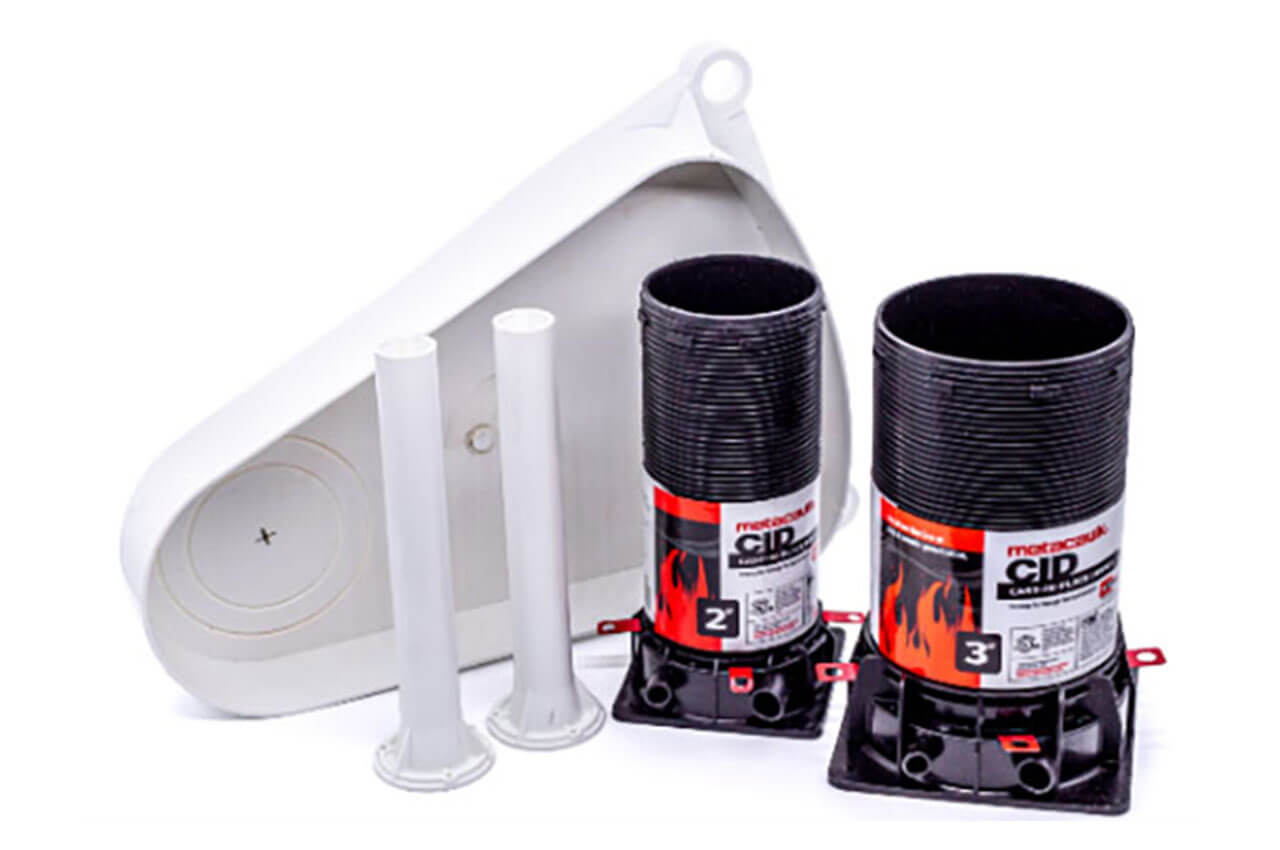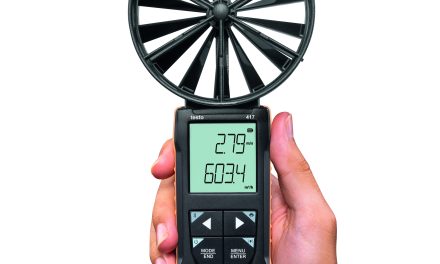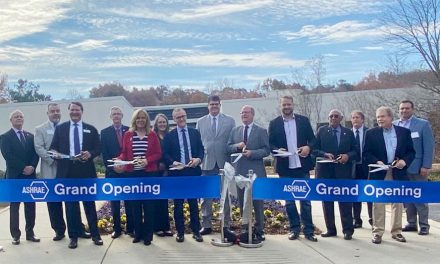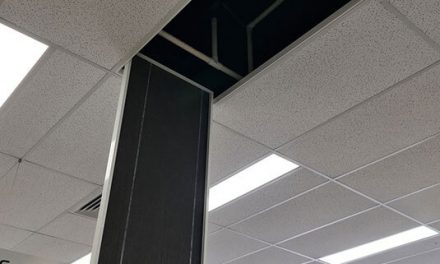Rectorseal has added Metacaulk cast-in-place device (CID) tub box kits to its product line, providing firestop penetration for plastic and metal drainpipes.
Available with 2- and 3-inch (5cm and 7.6cm) Metacaulk CID, the tub box kits are designed to prevent the spread of fire from bathtubs or jet-spa drains to the upper level. No concrete drilling is required.
“Our tub box components are designed to be cast directly into the concrete to form an embedded intumescent service supply,” says RectorSeal product manager Caitlin Krc.
The maximum slab height with kit components is 25cm. For deeper slabs, Metacaulk CID extensions are available.
The Metacaulk tub box kits have been designed for both plastic and metal drainpipes. Standard features include a crush-resistant, small-footprint design, alignment stubs, and height-marking identification. The kits can be mounted onto concrete forms using conventional methods outlined in the installation instructions.
Go to rectorseal.com.au











